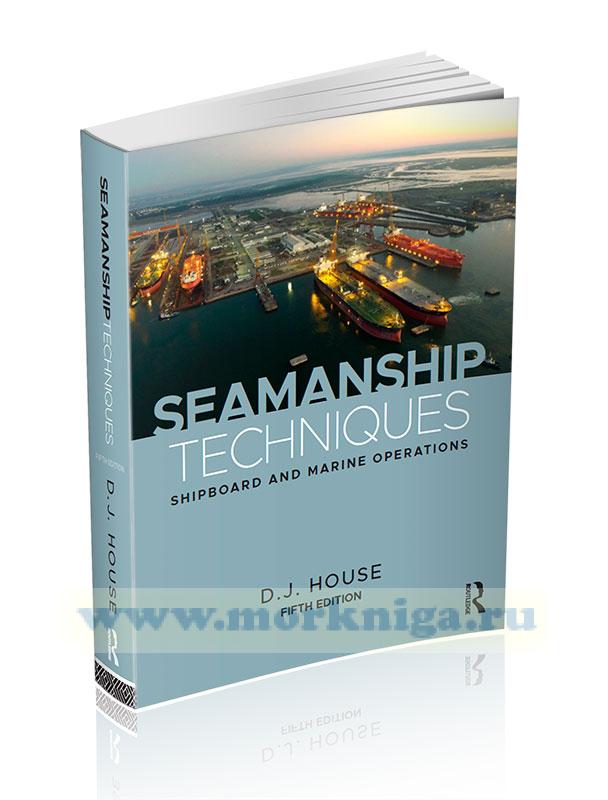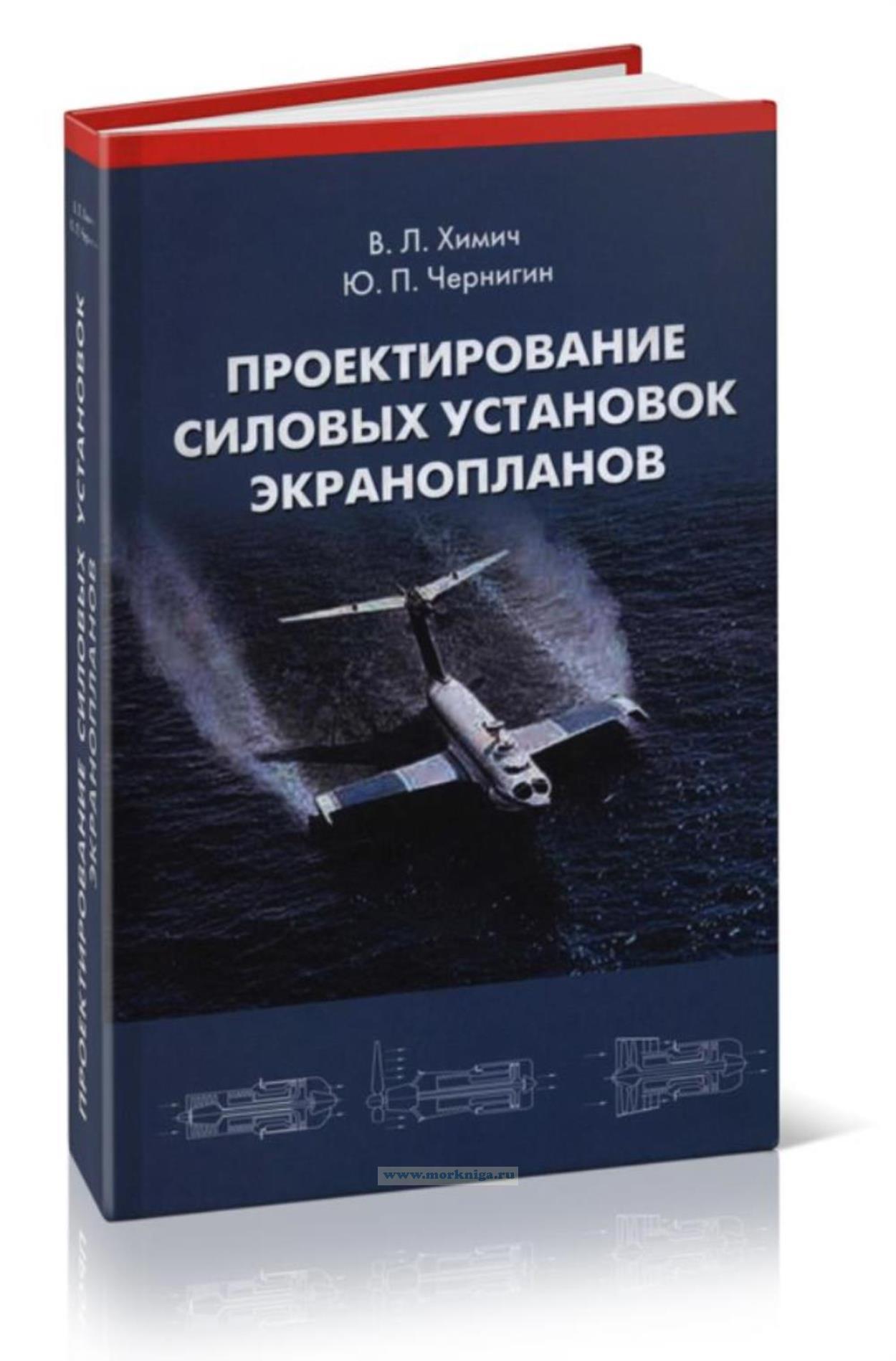Seamanship Techniques. Shipboard and Marine Operations/Техника мореплавания. Судовые и морские операции
Издание на английском языке
Seamanship Techniques, since its first publication in 1987, has now evolved to this fifth edition and is available in all the maritime nations of the world. The text, being changed considerably over the years, meets increased technology and safety demands of an up-to-date Mercantile Marine.
New legislation has dictated marine operations are now conducted under the International Safety Management Code and require a far greater consideration and risk assessment.
New ships, with improved technology, have become more complex and our mariners require some of the old skills, while at the same time embracing the new skills of the computer age. The onboard equipment necessitates the need for improved engineering concepts amongst the modern deck officer’s role. Electronics and control engineering now encroach on the cargo operations as well as the ship’s navigation. Cranes and cargo doors work alongside ECDIS and AIS. While rope work and the parallel rules may have taken a back seat, they remain gainfully employed alongside striking innovation.
It would be wrong to condemn old practice as being no longer required. Many ships still sail without the addition of the computer and it is the same wind that still influences both the large new passenger hull and the coastal tanker, all be it in different ways. Just as wood gave way to steel and sail was overtaken by steam, electronic navigation charts (ENCs) are overriding the paper chart, in many ships… but not all, just yet.
The face of seamanship must meet the demands of all ships and the voyages which they undertake. The hazards from the past, of the tropical storm and ice, have not gone away. The need for experienced seamen is now as great as ever to maintain the first principle of the safety of life at sea, in order to bring our vessels to a safe haven. They may engage with GPS to arrive, but the sextant remains a viable alternative that doesn’t need a power source.
It cannot be denied that the role of the seaman is changing, but I think a ship’s Master would still like to see that a man can throw a bowline into the bare end of a parted mooring rope, to provide a temporary eye when required. Wooden lifeboats have all but disappeared but boatwork with fibreglass manufacture is still very much alive.
The text here is meant to educate our seafarers in foul weather, as well as fair, in all aspects of commercial shipping. Cargoes are moved in many shapes and forms, each having its own peculiarities. The ships and the safe practice of seamen guarantee the transport and delivery only if they stay abreast of education and the modernized marine environment.
Contents
Preface to the First Edition
Preface to the Fifth Edition
Acknowledgements
About the Author
Abbreviations
1 The Ship 1
2 Anchor Work (Fundamentals)
3 Ropework
4 Wirework and Rigging
5 Lifting Gear
6 Cargo and Hatchwork
7 Boatwork and Life-Saving Appliances
8 Survival Craft and Practice
9 Communications
10 Watchkeeping Duties
11 Marine Instruments Monitoring and Measurement
12 Meteorology
13 Preventing Collisions at Sea
14 Emergencies
15 Fire-Fighting
16 Search and Rescue Operations
17 Ship Handling: Equipment
18 Ship Handling: Manoeuvring and Mooring Operations
19 Tanker Operations
20 The Application of MARPOL and the Prevention of Pollution to the Marine Environment
21 Appendix I: Mariner’s Self Examiner (for the Training of Deck Officers, MN)
22 Appendix II: Officer of the Watch: Certificate of Competency
23 Appendix III: Chief Officer (First Mate): Certificate of Competency
24 Appendix IV: Ship’s Master: Certificate of Competency
25 Appendix V: Rule of the Road: Reference to the ColRegs and the IALA Buoyage System
Index


 Введение в проектирование судов
Введение в проектирование судов  Третья проблема строительной механики корабля. Нормирование прочности
Третья проблема строительной механики корабля. Нормирование прочности  Проектирование силовых установок экранопланов
Проектирование силовых установок экранопланов